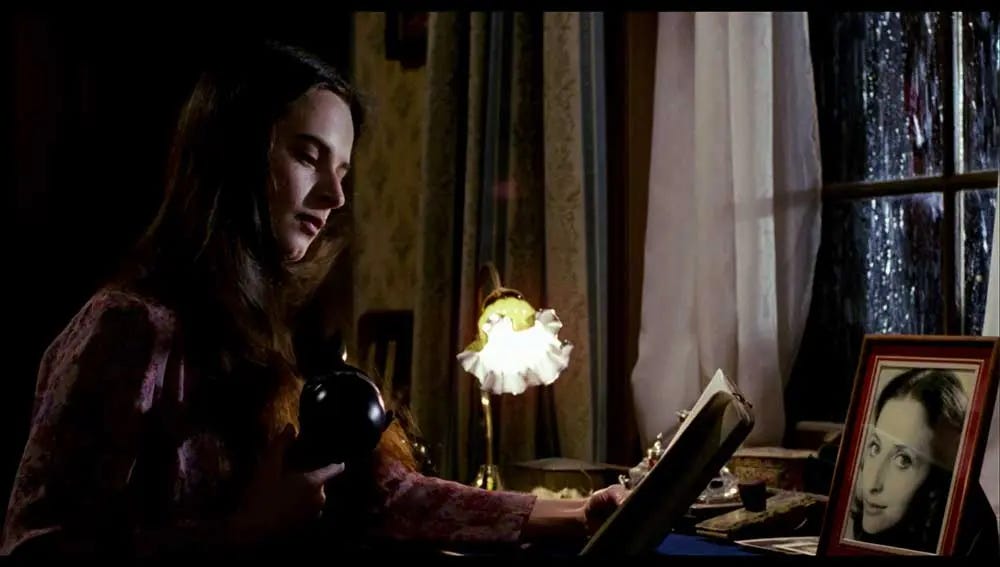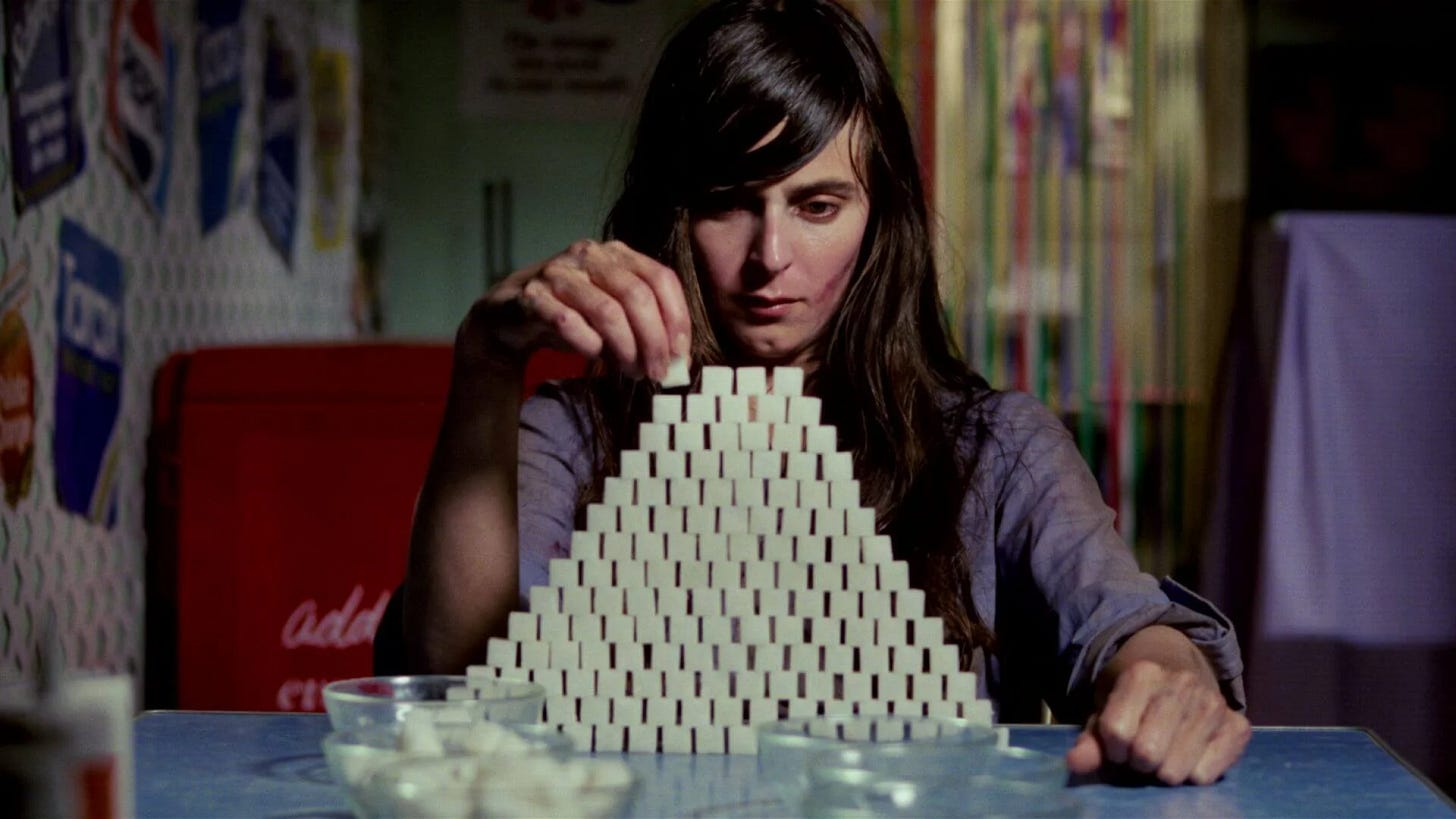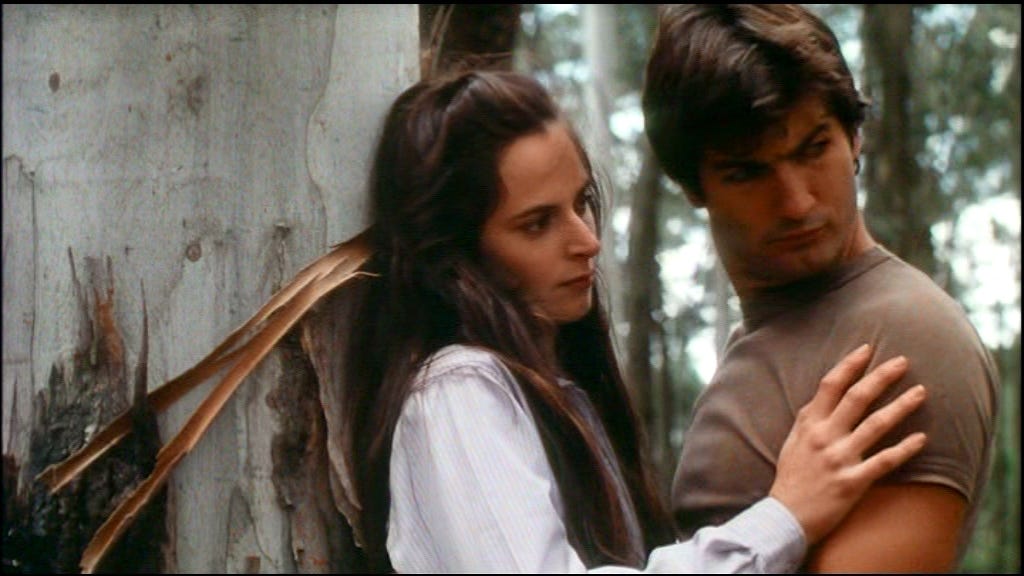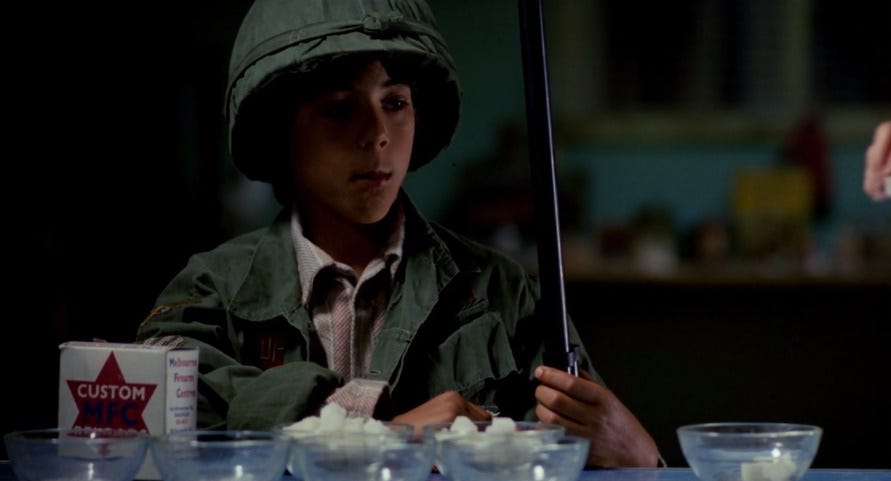next of kin
noun phrase
/ˌnekst əv ˈkɪn/
one or more living persons in the nearest degree of relationship to a particular person
those persons entitled by statute to receive the property in the estate of an intestate
After Australia's “national embarrassment” surrounding their performance in the 2024 Olympics breakdancing competition, it's time to pay homage to something that Australia actually does well. That's film, of course, and specifically a lesser known piece entitled Next of Kin, which tells the story of a young woman who inherits a large house that's been turned into a rest home. Though mostly unknown to the general public, Next of Kin has a place in the hearts of connoisseurs of horror, even getting a nod from Quentin Tarantino in a documentary entitled Not Quite Hollywood about the so-called Ozploitation genre. I'd argue that it's reductive to Next of Kin to lump it into a regional genre of film with a bunch of randos, but when I read that Mad Max is also placed in this genre I see the significance.
I experienced an intense feeling of deja vu watching Next of Kin, and I'm not entirely sure why. Possibly I'd seen clips of the film before, but most likely I recognized the actor John Jarratt (the most Australian person I've ever seen) in the series Blue Heelers. Part of that feeling of familiarity has to do with the transcendental quality this film has, where the viewer is drawn into the day-to-day banalities of Linda (played by Jackie Kerrin) who has come into an unexpected inheritance after the death of her mother. Horror traditionalists might describe the film as slow-paced, but this is where the film shines as it carries the film above the horror genre to stamp it as a standalone good film. The usual horror tropes are utilized (people walking down darkened halls, nudity, and a cast of characters where anyone can be the killer), but the understated acting from the cast and, frankly, the uniquely Australian feeling of the film marks it as unique. Note to self: if I ever end up writing a horror screenplay, set it in Australia and cast Australians.
There's one modern horror trope that Next of Kin thankfully avoids, and that's to render the characters so unbearably obnoxious that the audience roots for their demise. In fact, director Tony Williams makes us care about Linda, her boyfriend Barney (played by Jarratt), and Linda's elderly friend Lance to the degree that we experience genuine fear when the plot actually turns to horror. The film begins with Linda traveling to the isolated house, which she will have to run now that her mother has died. Linda is considering closing the old person's home and selling the house, so she's surprised when another boarder unexpectedly arrives along with her son to settle in.
Delving into the business records as well as her mother's hand-written notes, Linda notices payments to an unknown person as well as suspicious diagnoses surrounding boarder deaths, leaving her to suspect that the local doctor is up to something, along with nurse Connie. It turns out that a comment that Lance made earlier reveals the true goings on at Montclare. When Linda inquired about what happened to a deceased aunt of hers named Rita, Lance, who has suffered a stroke, whispered "Not dead." Linda is convinced that Dr. Barton and Connie are behind the boarder deaths, but after she finds the twain dead it's revealed that Rita, disguised as the new boarder, is the mastermind who has orchestrated everything.
Barney, the most Australian person ever.
The film is filled with colorful Australian ways of speaking and the old, treeless landscape of the country. The pacing is decidedly slow, even including moments of actual slow motion, which has garnered comparison to other notable films in the thriller genre. Next of Kin ends on an explosive note, again focusing on the viewer's transcendental experience alongside Linda, though I won't spoil the ending by revealing it. Next of Kin represents the point in the horror genre where it peaked, or was nearing its peak, before things started to go south with the contortion of the standard themes. The final girl, sex, gratuitous violence as an expression of an empty capitalist society. Indeed, much has been said about the "final girl" phenomenon in the genre, but it in my opinion this phenomenon only works when you care about what happens to the final girl and she's shown in the context of a landscape that is felt and experienced by the viewer. In other words, the final girl experience is inherently transcendental, and if the girl and the other characters are too vapid and shown in an overly superficial milieu, it doesn't quite work. Next of Kin works because it takes place in a middle-of-nowhere town in Australia and we as the viewer develop this nuanced sense of who the people are and where they are.
I was disappointed to learn that director Tony Williams didn't make other horror films after this, though an artist really only needs one great work. It's a little depressing as it drives homes the idea that artistic people who should get opportunities never seem to get them, though it's possible Williams never wanted to make another horror after Next of Kin. I could go on a long tirade about the problems of the democratization of art and the need for elite sponsorship, but that's a discussion for another time. I suppose the highest praise I can give to Next of Kin, as I would also give to a book, is to say that as soon as you've put it down you feel the need to pick it up again.
The film works its way up to a dramatic finale that has to be seen to be believed.





